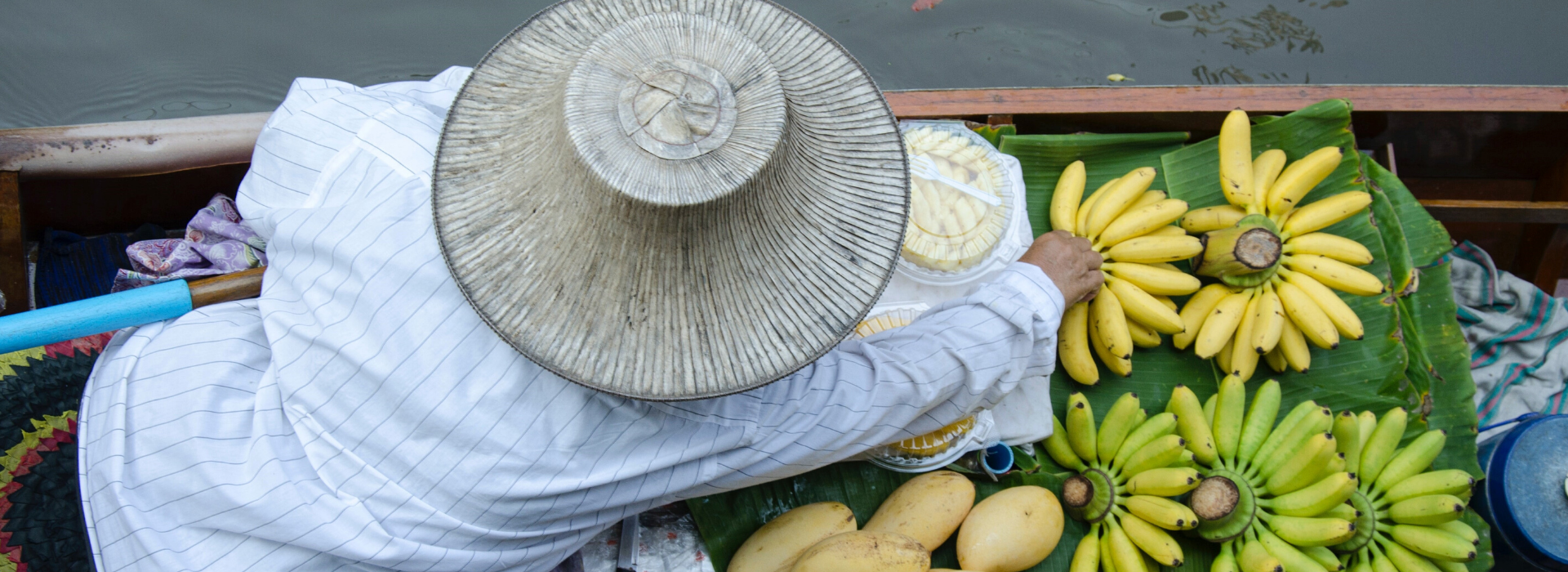
Acceptance is inclusion: Low-cost ways to unlock the power of digital payments for micromerchants
July 21, 2020 | By Hayden Harrison and Allison KahnThere are more than 55 million micromerchants and 25 million small merchants in emerging markets alone, according to the latest estimates. The move toward digital ways of doing business, coupled with the explosion of peer-to-peer (P2P) marketplaces, has created an environment where anyone has the ability to become a merchant.
But it can be expensive and complex for new enterprises like these to enter the digital economy, which means many often have to accept cash payments for goods and services.
That’s why it’s critical that we lower technological and cost barriers to digital acceptance to allow micromerchants to thrive. Mastercard and its partners are dedicated to this mission as part of our commitment to include 1 billion people in financial services by 2025, with a direct focus on bringing 50 million micro and small businesses into the digital economy.
Lowering barriers to digital acceptance
Most of a micromerchant’s business involves small, low-value transactions — a bouquet of flowers, a bag of apples, a painting on the street — so it’s not always necessary for them to invest in a contactless or Chip & PIN terminal. And given that micromerchants often operate in nontraditional venues, like open-air markets or on street corners, stationary point-of-sale (POS) equipment can be impractical.
That’s where innovative solutions like Tap on Phone come in.
In Turkey, Costa Rica, Canada, Poland, Hong Kong and South Africa, thousands of micromerchants are benefiting from a new acceptance solution called Tap on Phone. Tap on Phone uses contactless technology to turn a smartphone into a payment acceptance device, which allows merchants to receive payments from any contactless-enabled card or mobile wallet. The solution empowers business owners to accept payments anytime and anywhere, without having to invest in expensive terminals.
And in India, a new Tap on Phone pilot with Mastercard, Axis Bank and Worldline incorporates additional features, including merchant onboarding via the mobile app, the ability to enable face-to-face payments via QR in addition to contactless, and remote payments for home deliveries via link-based payments. It also gives banks visibility into a merchant’s transactions, making it easier for small businesses to demonstrate creditworthiness for loans.
Informal solutions for informal merchants
Elsewhere, micromerchants are making creative use of P2P payment solutions like Viber’s Moneytou, which allows people in Ukraine, Hungary and Romania to send and receive money in near real time via Viber chats. If sending money is as simple as sending a message, consumers no longer face a trade-off between security and resilience.
Person-to-person payment solutions are a powerful yet cost-effective tool for small businesses to quickly embrace electronic acceptance. One Thai entrepreneur, who sells children’s toys via Facebook, explains how beyond the improved speed, safety and convenience, accepting digital payments via the country’s PromptPay service has also helped her access the credit she needs to grow her business: “[It] means I have more movement on my account, which makes it look more reliable to the banks. It’s as if we are more stable.” Whether merchants are getting paid into a bank account or digital wallet, this solution provides a preferred alternative to cash.
But internet access, while growing, still remains a limiting factor in some parts of the world, and we know that not all merchants have access to a smartphone. But that’s where the more analog acceptance methods provide a springboard into the digital economy.
Microbusinesses owners such as taxi drivers, florists and electricians who do business face-to-face can accept payment via Quick Response (QR) code. The merchant simply registers a unique QR code as a proxy for their bank account details. At checkout, their customer scans the QR code using their financial service provider’s app, then enters the amount to pay and hits “send.” The merchant receives the money directly into their bank.
But what about the unbanked? In South Africa, uKheshe is a local platform that is collaborating with Mastercard to enable informal traders, street vendors and casual laborers who don’t have a bank account to accept digital payments through Masterpass. Instead, the merchant can accept payment by QR code into an e-wallet, which they can cash out or use to shop for goods in select stores.
Including micromerchants in the digital economy
As smartphone ownership continues to rise, and as access to the internet grows globally, an entire generation of digitally savvy micromerchants — and their customers — are finding new ways of transacting at their fingertips. For others that don’t have access to a smartphone or bank account, e-wallet solutions can bring an estimated 15 million additional merchants into the ecosystem in the next few years.
Investing in micromerchants not only advances financial inclusion, but also drives a more digital economy that’s safer, simpler, smarter and more accessible for everyone.